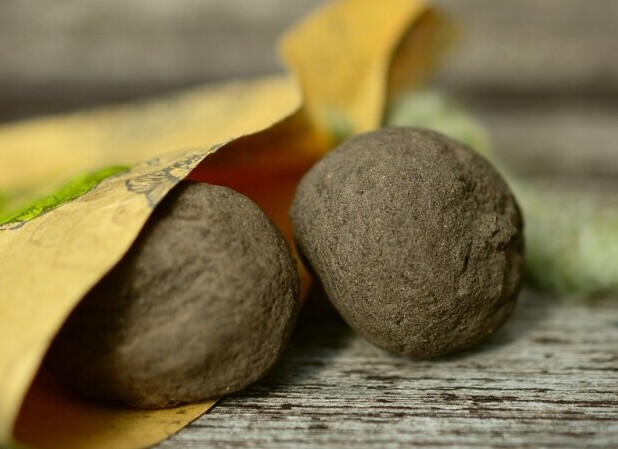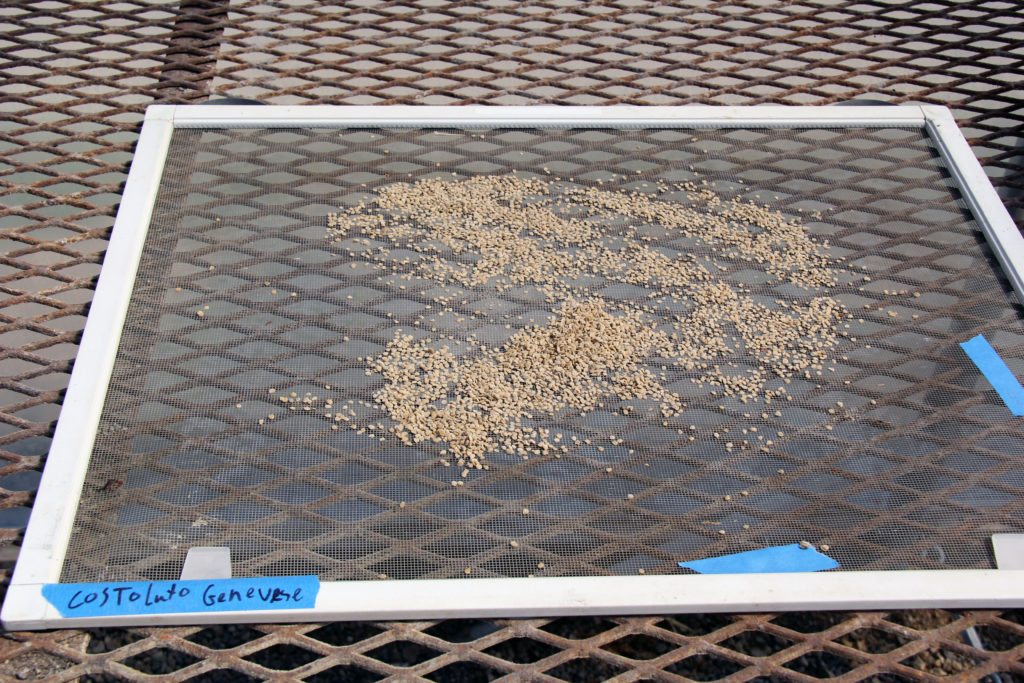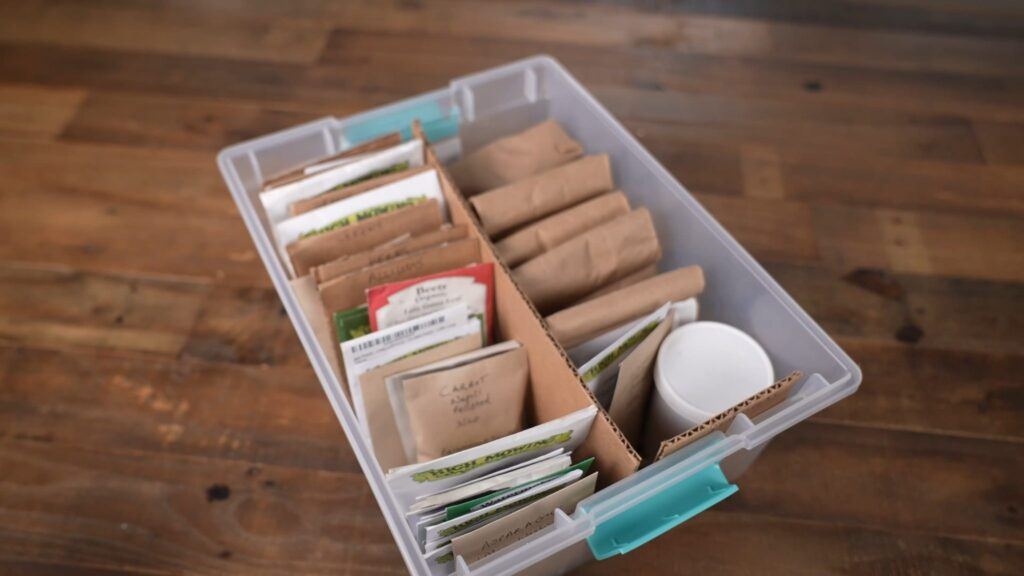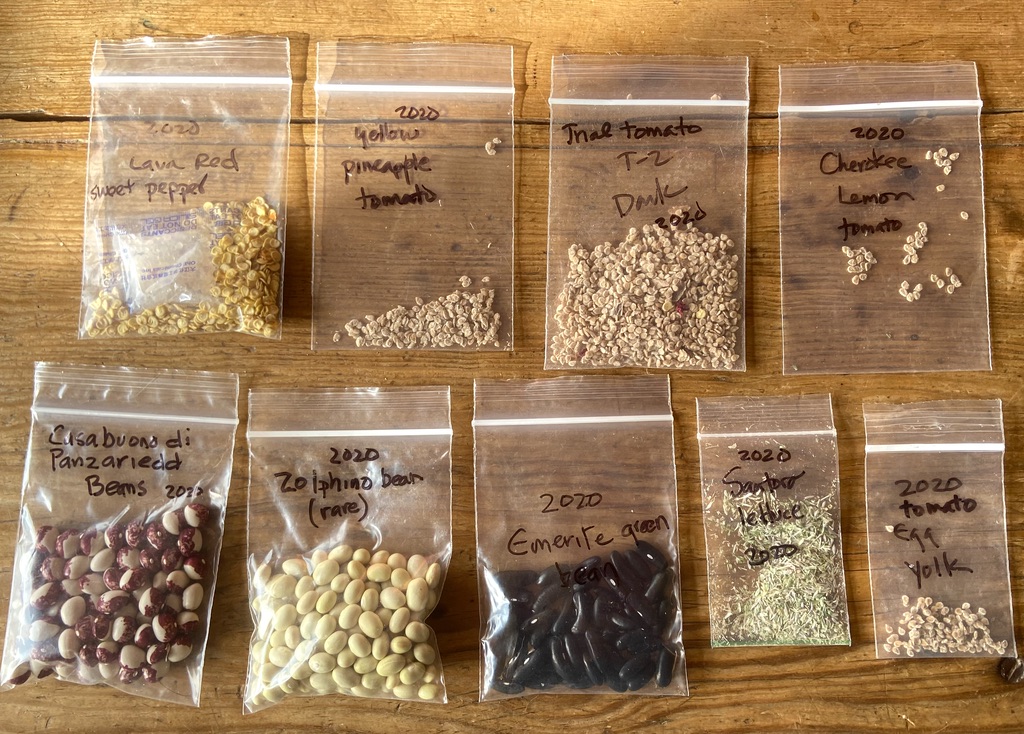Keep your Garden Flourishing with Your Saved Seeds

For outdoor enthusiasts and survivalists alike, mastering the art of seed storage is crucial for maintaining a thriving garden year after year. Whether you’re planning for a future homestead or simply want to ensure a bountiful harvest, knowing how to preserve seeds for years can make all the difference. In this guide, we’ll explore effective techniques for seed storage, ensuring your seeds remain viable and ready for planting when you need them.
Seed Saving: The First Step
Maturation: To begin, let your seeds fully mature on the plant before collecting them. This ensures that they are at their peak viability.
Gel Removal: For seeds encased in gel (such as tomatoes), immerse them in water, shake daily, and rinse thoroughly to remove the gel.
Drying & Storing Seeds
Drying: Spread seeds on parchment paper in a well-ventilated area. Ideal drying temperatures range from 60-100°F (16-38°C). For effective drying, use a fan with fine-meshed screens for smaller seeds (24-48 hours) and for larger seeds, allow 7-10 days. For a quick and available alternative for drying seeds is a window screen and direct sunlight.

Storage Containers: Once dry, store seeds in paper envelopes, Mason jars, or zip-closure bags. Be sure to label each container with the seed type and date.
Location: Keep your stored seeds in a cool, dark place, ideally at a temperature between 60-65°F (16-18°C).
Long-Term Storage
Ideal Conditions: For long-term storage, aim for cool and dry conditions, ideally around 40°F (4°C). Avoid storing seeds in sub-freezing temperatures.
Cold Storage: Utilize beverage coolers or specialized temperature-controlled environments to maintain consistent conditions.
Avoid Moisture: Use sealed containers or moisture absorbers like silica gel or dried rice to keep seeds dry.
Temperature & Light Conditions
Maintain Temperature: Consistent temperature is crucial. Aim for a storage temperature between 35-40°F (2-4°C) and avoid significant temperature fluctuations.
Light Protection: Store seeds in opaque containers or keep them in a dark environment to prevent light exposure.
Removing Seeds from Cold Storage
Temperature Adjustment: Allow seeds to reach room temperature before opening the storage container. This helps prevent condensation, which can damage the seeds.
Dry Storage

Conditions: For seeds not in cold storage, keep them in a dry, dark location such as cabinets, drawers, or photo boxes.
Seed Viability
Annual Flowers: Typically, last 1-3 years.
Perennials: Generally, remain viable for 2-4 years.
Vegetable Seeds: Lifespan varies by type. For example, corn and spinach have shorter viability, while radishes and turnips can last up to 4 years.
Long-Term Storage Estimates: With proper care, seeds can last for decades, though their viability decreases over time. Aim for 5-10 years to ensure the best results.
Freezing Seeds
Risks: Residential freezers often don’t maintain consistent temperatures, making freezing a less reliable option. If you choose to freeze seeds, be aware of potential risks.
Seed Storage Containers & Supplies

Options: Consider using coin envelopes, mylar bags, or photo boxes for storing seeds.
Desiccants: Use desiccants like rice or silica gel to absorb moisture and keep seeds dry.
Seed Degradation
Factors: Light, moisture, temperature fluctuations, and pests can all contribute to seed degradation.
Prevention: Keep seeds in dark, dry, and cool conditions to maintain their dormancy and viability.
By following these guidelines, you can ensure that your seeds are preserved effectively, ready to sprout into thriving plants for seasons to come. Proper seed storage not only enhances your gardening efforts but also aligns with sustainable living practices, making it a key skill for any outdoor enthusiast or off-grid gardener.
For more tips on survival and off-grid living, stay tuned to our blog for the latest updates and expert advice.
